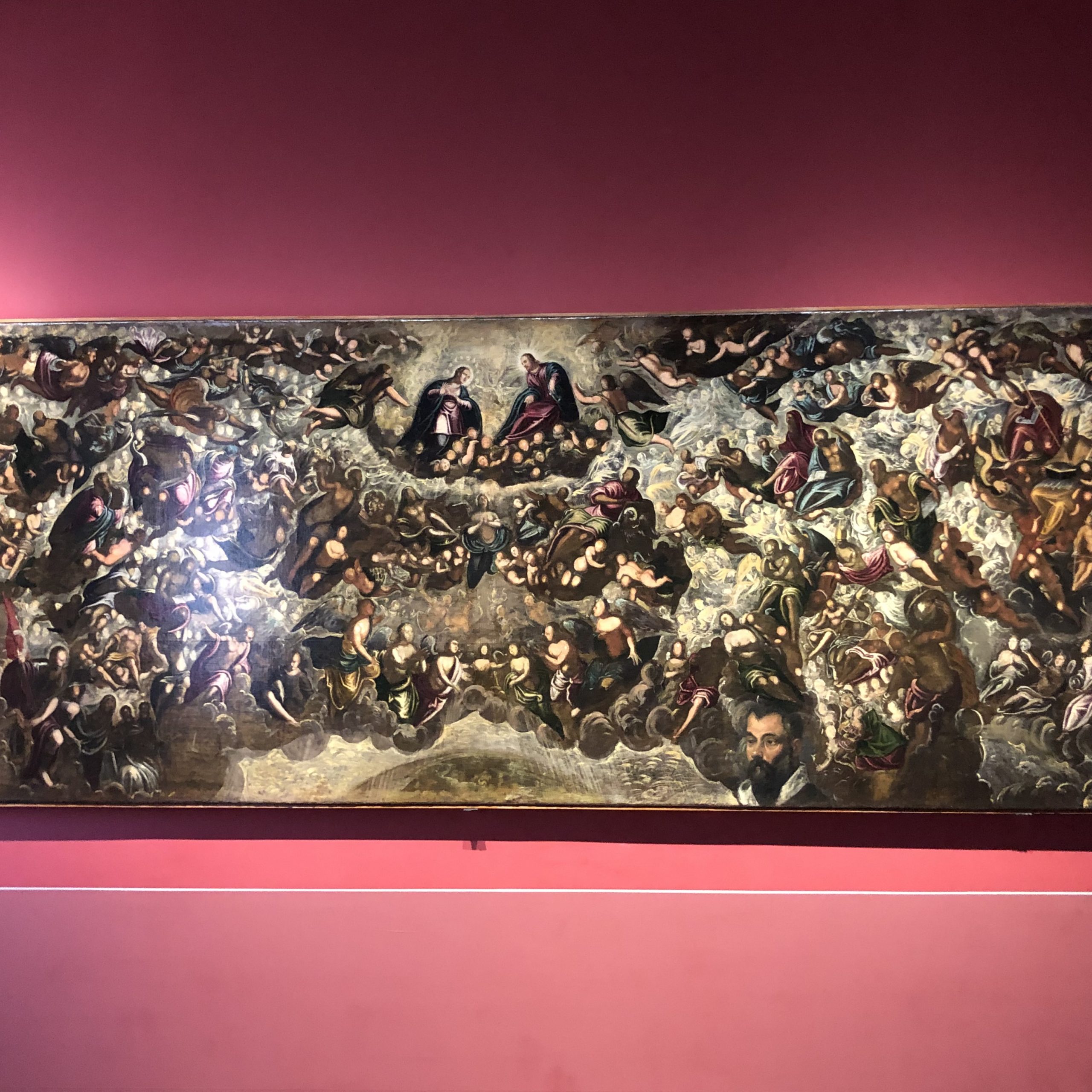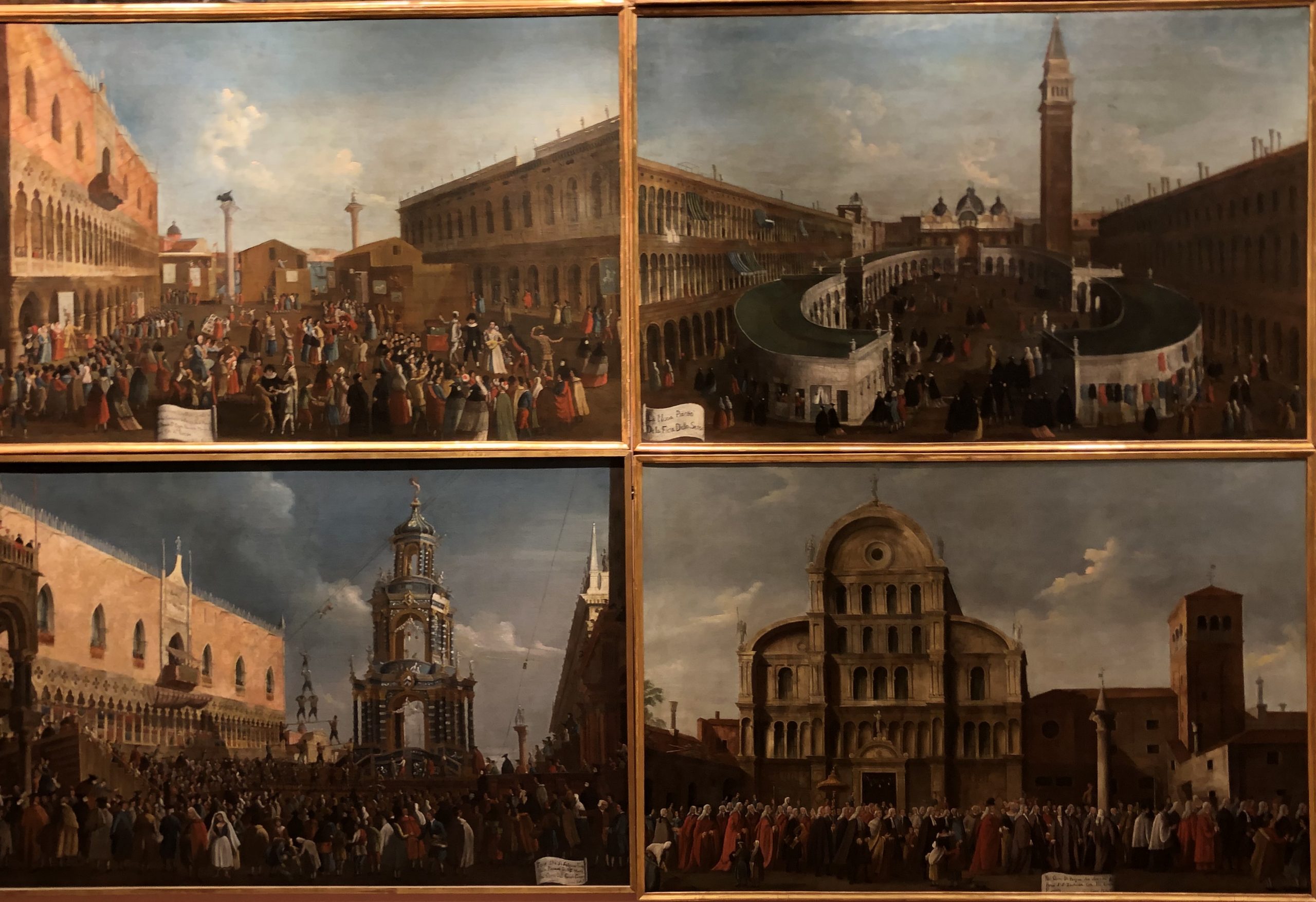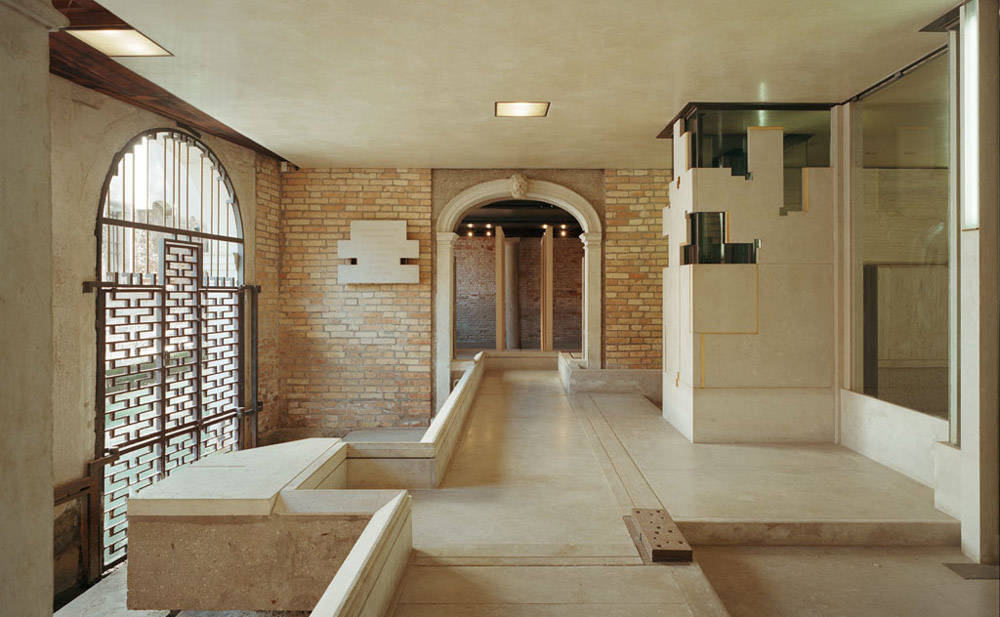#DiscoveringVenice: Fondazione Querini Stampalia
Fondazione Querini Stampalia is located in the building of the same name and is spread over four floors, one of which is occupied by a library.
The building is dated back to the 12th century but only in 1869 it becomes a places where art and culture are promoted. Giovanni Querini is the main character of this cultural change, his death coincides with the birth of the Foundation.
The ticket office and the entrance are made from a project by Mario Botta. He wanted to honour the city of Venice, in which he studied and his master, Carlo Scarpa.

Tintoretto, Paradiso (bozzetto)
To Carlo Scarpa is dedicated the area near the ticket office, this because he projected this place back in the ‘60s of the last century. This area always presents high tide so Carlo Scarpa decided to integrate the high tide to the palace with a special architecture.
In the Carlo Scarpa’s area, on the 2nd of October was inaugurated an exhibition dedicated to the bond of Italy and Norway “Skrei. The Journey” curated by Valentina Tamborra. This topic brings us back to Giovanni Querini: he took the dried cod, a typical norwegian fish, in Italy.
As we said before, on the first floor there is a library wanted so that scholars could do the resources in a dedicated place.
The second floor hosts the collection of the Casa Museo. On this floor we can find elements of the Venice daily life during the 18th century. The visit starts from the living room till the bedroom and boudoir, dedicated to Caterina Querini, the sister of Giovanni Querini.

Sala Gabriele Bella
To understand better the daily life during the 18th century, it is important to look at the part dedicated to Gabriel Bella’s artworks. He dedicated 93 paintings to scenes of everyday life such as the Candelora, games like bull hunt, geography lessons and so on.
The Querini family was one of the apostolic families in Venice and with Giovanni Querini it becomes one of the most visionaries ones. From that moment the collection becomes a museum and we have to thank Giovanni Querini if today we can visit and see so many beautiful works.

